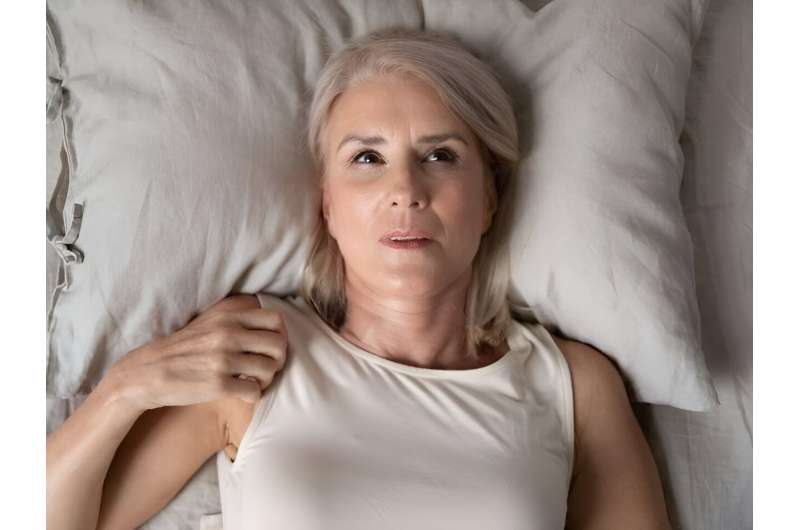ventolin ped dose


Insomnia and short sleep duration in middle age increase the risk for dementia, according to a study published in the September issue of Age and Ageing.
Xiao Tan, from the Zhejiang University School of Public Health in Hangzhou, China, and colleagues used data from 22,078 participants in the Swedish National March Cohort, who were free from dementia and stroke at baseline. Dementia incidence during a median 19.2 years of follow-up was determined through national registries.
The researchers found that compared with participants without insomnia at baseline, those who reported any insomnia symptom experienced a greater incidence of dementia during follow-up (hazard ratio [HR], 1.08; 95 percent confidence interval [CI], 1.03 to 1.35). Difficulty initiating sleep (HR, product team cialis case analysis 1.24; 95 percent CI, 1.02 to 1.52) was associated with an increased risk for dementia, but difficulty maintaining sleep or early morning awakening were not.
Short sleep duration was associated with an increased risk for dementia (six versus eight hours: HR, 1.29; 95 percent CI, 1.11 to 1.51; five versus eight hours: HR, 1.26; 95 percent CI, 1.00 to 1.57). Insomnia symptoms tended to increase the risk for dementia among participants with at least seven hours of sleep versus those without insomnia (HR, 1.24; 95 percent CI, 1.00 to 1.54; P = 0.05), but not among short sleepers (less than seven hours). Among those with insomnia, short sleep duration did not further inflate the risk for dementia.
“A midlife assessment of sleep, including both sleep duration and frequency of nocturnal insomnia symptoms, may be recommended in public health practice to be able to intervene and as a corollary improve long-term health,” the authors write.
More information:
Xiao Tan et al, Interactive association between insomnia symptoms and sleep duration for the risk of dementia—a prospective study in the Swedish National March Cohort, Age and Ageing (2023). DOI: 10.1093/ageing/afad163
Journal information:
Age and Ageing
Source: Read Full Article